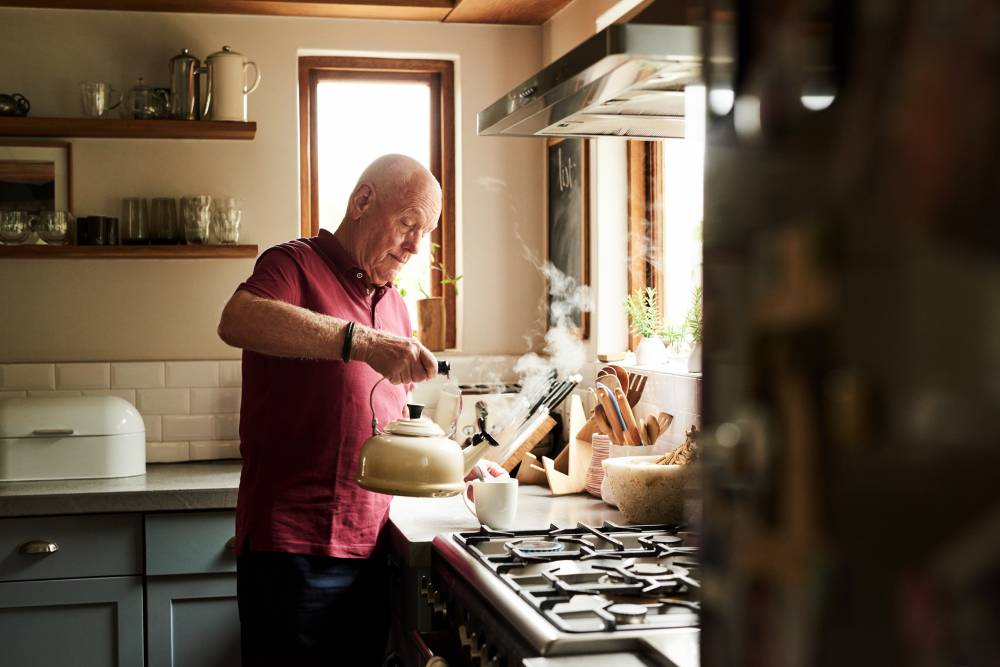
Aged care services are underfunded and many providers are making a loss on their operations, which ultimately means lower quality care for older Australians, attendees at LASA’s Ten Days of Congress have heard.
Grant Corderoy, partner of aged care accountancy firm, StewartBrown, provided a financial overview of the aged care sector on Tuesday.
He looked at both the home care sector and residential aged care, but perhaps most damning was his revelation that home care clients with the highest care needs have seen the number of hours of care they receive halve over the last decade.
In June 2010, home care clients on a level 4 package received on average 16.87 hours of care per week. In June 2015, clients received 11.55 hours of care per week. But by March 2020, home care clients on a level 4 package – the highest level there is – were receiving only 8.36 hours of care per week.
Those entitled to a level 4 package receive $52,000 per annum from the federal government.
By comparison, a resident in an aged care facility will receive $65,000 and 23 hours of care per week.
The decline in care hours followed the introduction of consumer directed care in 2016 and the more recent deregulation, which meant more providers came into the market offering lower prices and more services.
The profitability of level 4 packages were hardest hit. (Level 2 packages have maintained relatively steady profitability over the last decade.)
In June 2015, home care providers made a profit of $26.06 per client per day on level 4 packages. But by March 2020, that number had fallen to $7.70.
The decline in profitability left home care providers with few options – they cut the hours of care delivered to their clients.
Despite these issues, home care is overfunded, Mr Corderoy said. There is $1 billion in unspent funds sitting on home care providers’ books. (When home care clients don’t draw down the full value of their package, those funds remain with the provider.)
In June 2016, when consumer directed care was introduced to the home care sector, the average unspent funds was $2,999 per resident. By March 2020, unspent funds were a whopping $8,250 per resident.
In discussing residential aged care, Mr Corderoy said that in 2016, residents began coming into aged care homes with more acute healthcare needs.
At the same time, the government’s indexation of aged care subsidies was not keeping pace with rising costs. “Commonwealth Own Purpose Expense (COPE) increases were not keeping page with wage increases,” he said, causing a steady decline in profitability in this sector too.
In June 2016, providers were making a profit on average of $11.75 per bed per day. But by June 2016, that number had fallen to a loss of $2.62, and in the nine months to March 2020, providers were making on average a loss of $8.23 per bed every day.
Figures soon to be released for the year to June 2020, will show a loss of over $9 per bed per day, Mr Corderoy told the Congress.
Since 1998, COPE has increased by half (50.7 per cent), inflation has risen two thirds (69.7 per cent) while wages (as measured by the wage price index) have more than doubled (up 102.0 per cent).
Stewart Brown recommends future aged care government grants be indexed against the wage price index.
Mr Corderoy said the current cohort in residential aged care has far higher care needs than it had in the past. Most residents are now palliative, and live for between three and seven months in residential care, or they are living with dementia, and stay in care for between two and three years.
This change to care recipients with more acute healthcare needs occurred in 2016 and has driven a sharp increase in staffing costs, driving everyday living expenses higher.
Everyday living results have risen from a profit of $0.73 per bed per day in June 2008 to a loss of $2.80 per bed per day in June 2016, and plummeting to a loss of $8.72 as at March 2020.
Effectively, this means residential aged care is “underfunded” by $8.72 per bed per day, Mr Corderoy said.
In line with this, the royal commission has recommended the government pay a further subsidy of $10 per day per bed for all aged care residents, in conjunction of other reforms.
“Both residential aged care and home care have seen a deterioration in their results in the last two decades and that continued deterioration will strain their financial positions and their ability to provide care needs,” Mr Corderoey said.
“We need to make certain… there’s transparency in funding, and that providers have the opportunity to make a commensurate return to enable them to grow their service delivery and improve their results, which will improve the [outcome] for those who really need it, the care recipients,” he concluded.